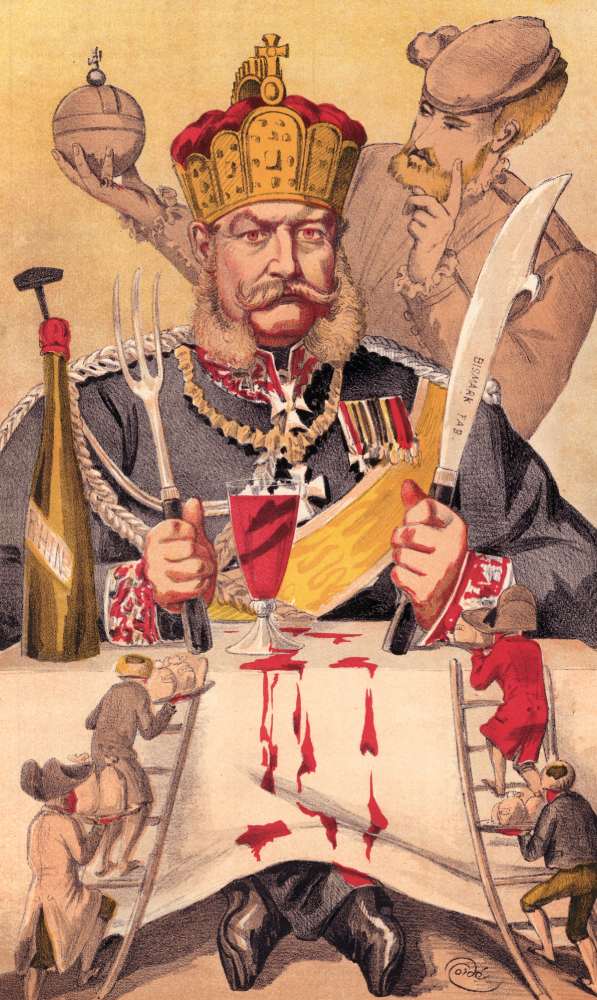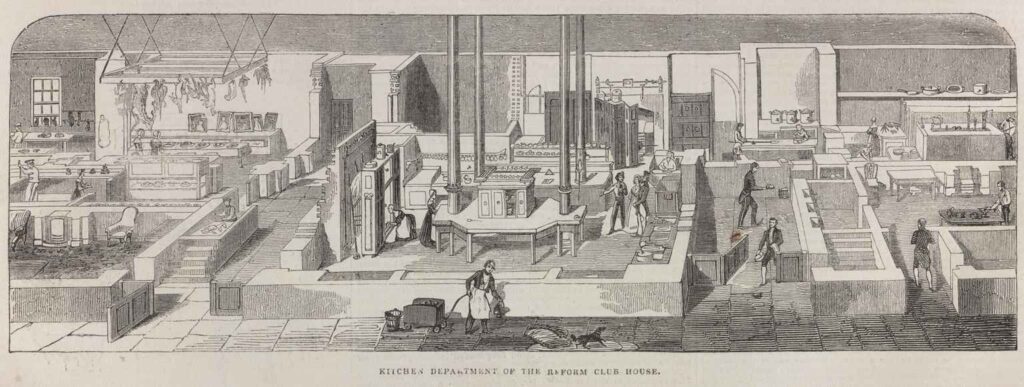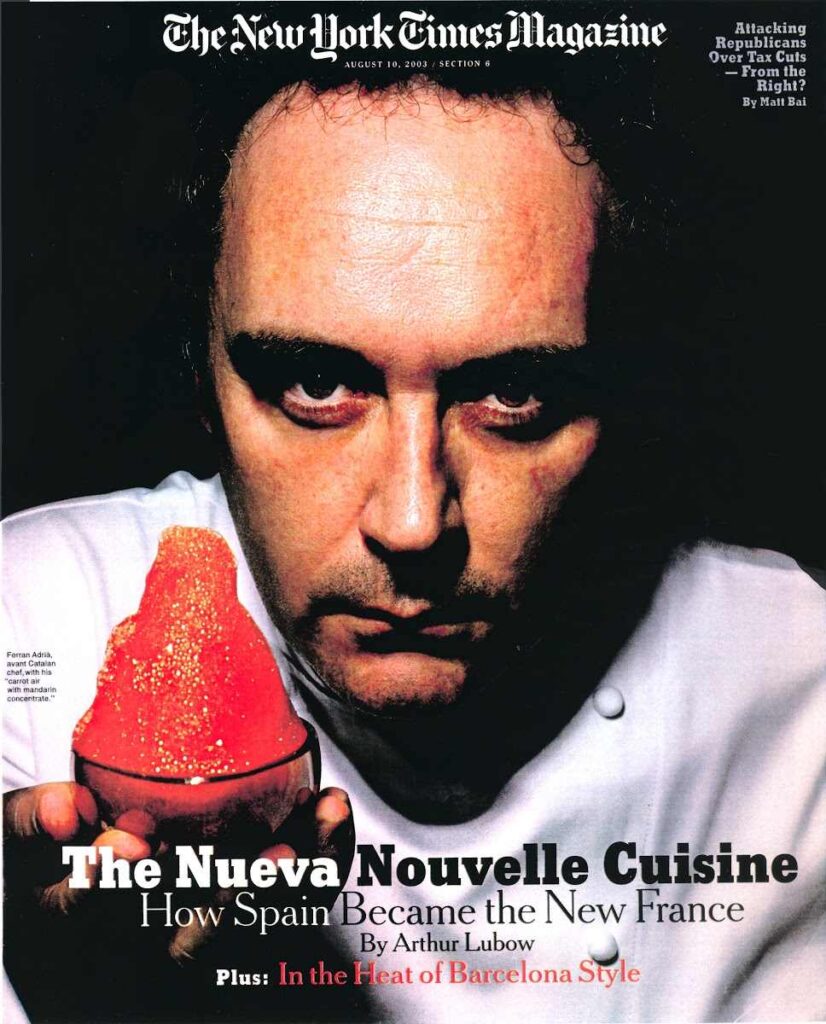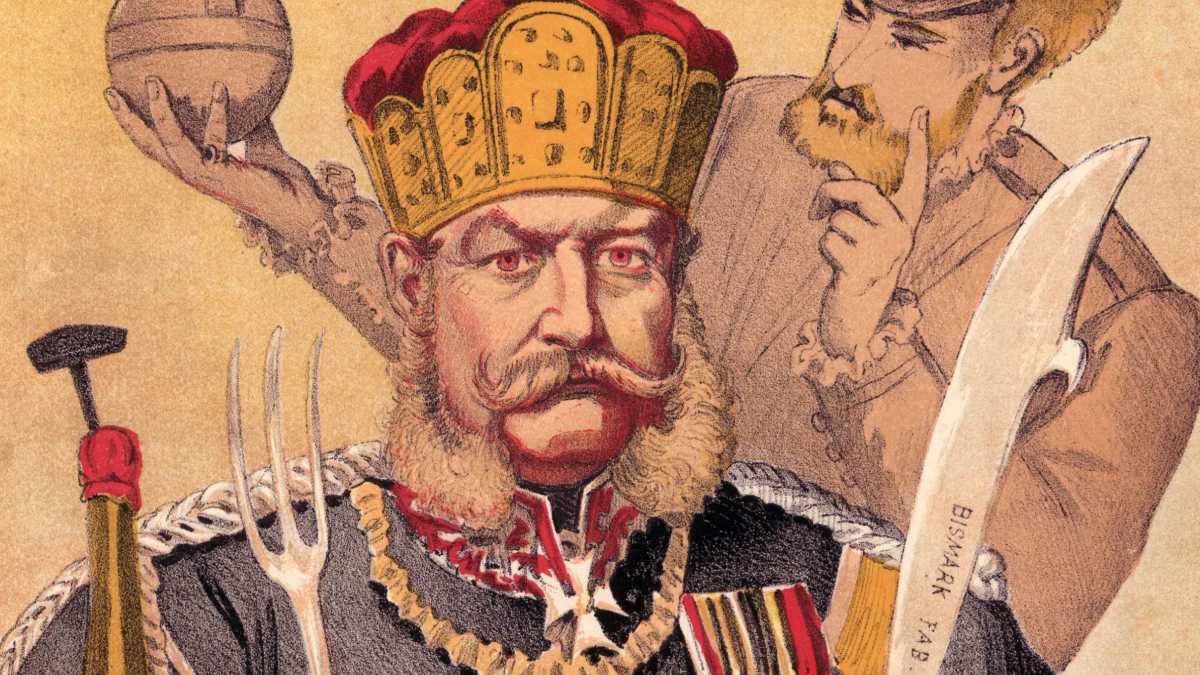Click here to read the Spanish version.
I still remember it. The image of Barack Obama and Shinzo Abe sharing a bar at Sukiyabashi Jiro is not easily forgotten. Jiro approached and bowed with nigiris, Barack showed us his generous smile, Abe replied to the guest with his non-Nipponese look. Sukiyabashi Jiro would from then on be included in the list of those restaurants that some now call “power tables”. Like Lhardy and Via Veneto in Spain, like La tour d’argent in Paris, Au crocodile in Strasbourg, Kronenhalle in Zurich or Spoon in Ben Ali’s Tunisia.
Guillaume Gomez – in charge of the Elysée’s kitchen from Chirac to Macron – argues it clearly: “If politics divides men, good food brings them together”. Gastronomy has been – and is – a diplomatic tool, a status symbol, and the ostentation of the powerful or the wannabe, but beyond the obvious, what is the link between the culinary and the hegemonic? In 1935 Stalin rhetorically (and ironically) asked French Foreign Minister Pierre Laval: “The Vatican? How many divisions does the Vatican have?”. Almost a century later we could rephrase this question: A hegemonic power? How hegemonic is its gastronomy?
FROM ROME TO THE SUN KING
In 1990, Harvard professor Joseph S. Nye published an article in which he coined the term soft power to refer to a type of power that he considered fundamental and which included culture, values and policies. According to Nye, a state would exercise power over others through the diffusion and acceptance of these three. The term was Nye’s invention, but Rome had already been the first to apply it with the aforementioned pax romana.
The Empire began in 27 B.C., also the year of the birth of Marcus Gaius Apicius, Roman gastronome and author of the recipes later compiled in De re coquinaria. There is no power without culture, without gourmets and without recipes, as is well described in the famous banquet scene of Petronius’ Satiricon.
The Empire was followed by the emergence of non-hegemonic powers (Byzantines, Arabs and feudal lords) that coexisted to a greater or lesser extent until the arrival of the Renaissance. Only the appearance of Taillevent (Le Viandier) in the late Middle Ages as cook to the proto-Renaissance Charles V of France marks the beginning of a new paradigm.

From the end of the 15th century until the beginning of the 17th century, two hegemonic powers coexisted. One cultural and the other political-military. The first, the Renaissance Italy of the Medici and Sforza, among others. The second, the Spain of Charles I and Philip II. In the first, they took care of raising culinary refinement -Bartolomeo Scappi (1500-1577) and his Opera dell’arte del cucinare through – and exporting it to France through the marriage of Catherine de Medici to the future Henry II. For their part, the Habsburgs were in charge of dealing with the problems of managing a great empire at the same time that the black legend of Spain was spreading (a sign of contempt for soft power).
The Peace of Westphalia (1648), signed after the Thirty Years’ War, recognized the France of Louis XIV as the hegemonic power. The chef of this period, François Pierre de la Varenne (1618-1677), and his cookbook Le cuisinier François, will exercise a long and prosperous leadership until the arrival of Carême.
THE MODERN PERIOD
At the same time that the French Revolution was being gestated, produced and established, the figure of the chef came to the fore. From that moment on, it is they who guide us in determining the hegemony of one power or another. While Napoleon conquered Europe, Marie-Antoine Carême (1783-1833) worked hard for Talleyrand, the French Minister of Foreign Affairs. The Battle of Waterloo and the subsequent Congress of Vienna (1814-1815) established a new order on the continent that sought to banish France in favor of the victorious powers: Russia, Prussia, Austria and the United Kingdom. Carême will leave post-Napoleonic France to work at the court of the future George IV of the United Kingdom, at the court of Tsar Alexander I and at the court of the Austrian Emperor Francis I.

Although the Congress of Vienna sought to ensure a balance of powers on the continent, the strength of the United Kingdom under Victoria’s reign was evident thanks to the relevance of Alexis Soyer (1810-1858) – he took over the kitchen of London’s Reform Club in 1837, the same year the Queen was crowned – and, above all, to the eminent leadership of Auguste Escoffier (1846-1935), who developed his career mainly at the Savoy Hotel in London. His hegemony -hors question- lasted beyond the First World War.
After the devastation of World War II, the ashes in Europe were fodder for two opposing powers in the Cold War. If propaganda was vital for both, only the Americans used gastronomy as part of it. Burger King, McDonald’s and KFC emerged in the 1950s, before the political realities of the country damaged America’s foreign image. The assassinations of both Kennedy and Martin Luther King, the ’68 movement in Berkeley and the Vietnam War so damaged Washington that it facilitated the emergence of a culinary hegemony under the protection of De Gaulle’s nationalism whose grandeur was also to be reflected in the kitchen. In 1961, Paul Bocuse obtained his first Michelin star and in 1973 the term nouvelle cuisine was coined. Culinary hegemony returned to France after the United States had been stripped of its postwar soft power.
CONTEMPORARY POWER CENTERS
Although culinary, cultural and political hegemony had gone hand in hand until then, the fall of the Berlin Wall (1989) and the end of the Cold War marked the beginning of an international system that, beyond the reference manuals, was preceded by culinary trends. Ferran Adrià’s brilliant career at the helm of elBulli and his consecration as a great world pope extends mainly from the achievement of the third star in 1997 until its final closure in 2011. For the first time, the gastronomic periphery achieved world leadership and, under its protection, a myriad of chefs emerged who tried to compete for the hegemony held by Adrià. Power appears increasingly atomized as evidenced by the first 50best list (2002), as well as the United Nations Security Council and the international community itself in 2003 on the occasion of the US invasion of Iraq (that same year Adrià gets the cover of The New York Times Magazine).

The number of microcenters of power increases with the strengthening of civil society and NGOs, the advent of social networks and the strengthening of public opinion. In 2009, a year after the financial crisis and the start of a huge influx of chefs to the Gulf monarchies, René Redzepi emerged as the flamboyant leader of the post-Bulli paradigm. Everything pointed to a greater role for these small states on the international scene, as demonstrated by some of the processes that emerged during the Arab Spring (2010-2012).
AND NOW?
In this new international order, must every power aspiring to a hegemonic role lead the culinary scene? Will there be no real leadership without gastronomic leadership? In The End of Power (2013), Moisés Naïm hastens to describe a reality in which those institutions/positions/elements that had once wielded major power have seen it reduced by the emergence of new centers of power or emerging elements. The peripheral culinary hegemony advanced this theory in some way, but what is the future we have left? In Naïm’s words, there are only two possible hypotheses: A) a renewed concentration of power in certain actors or B) a greater disintegration than we know today. If we were to translate it in culinary terms: A) the consolidation of Asia as a global gastronomic hotspot or B) the coexistence of the Asian culinary system with the Emirati, Nordic or even the new generation of African chefs. In the end, it is what Henry Kissinger already told us, and that is that “peace can only be achieved through hegemony or balance of power”. Of political, cultural and gastronomic power.

